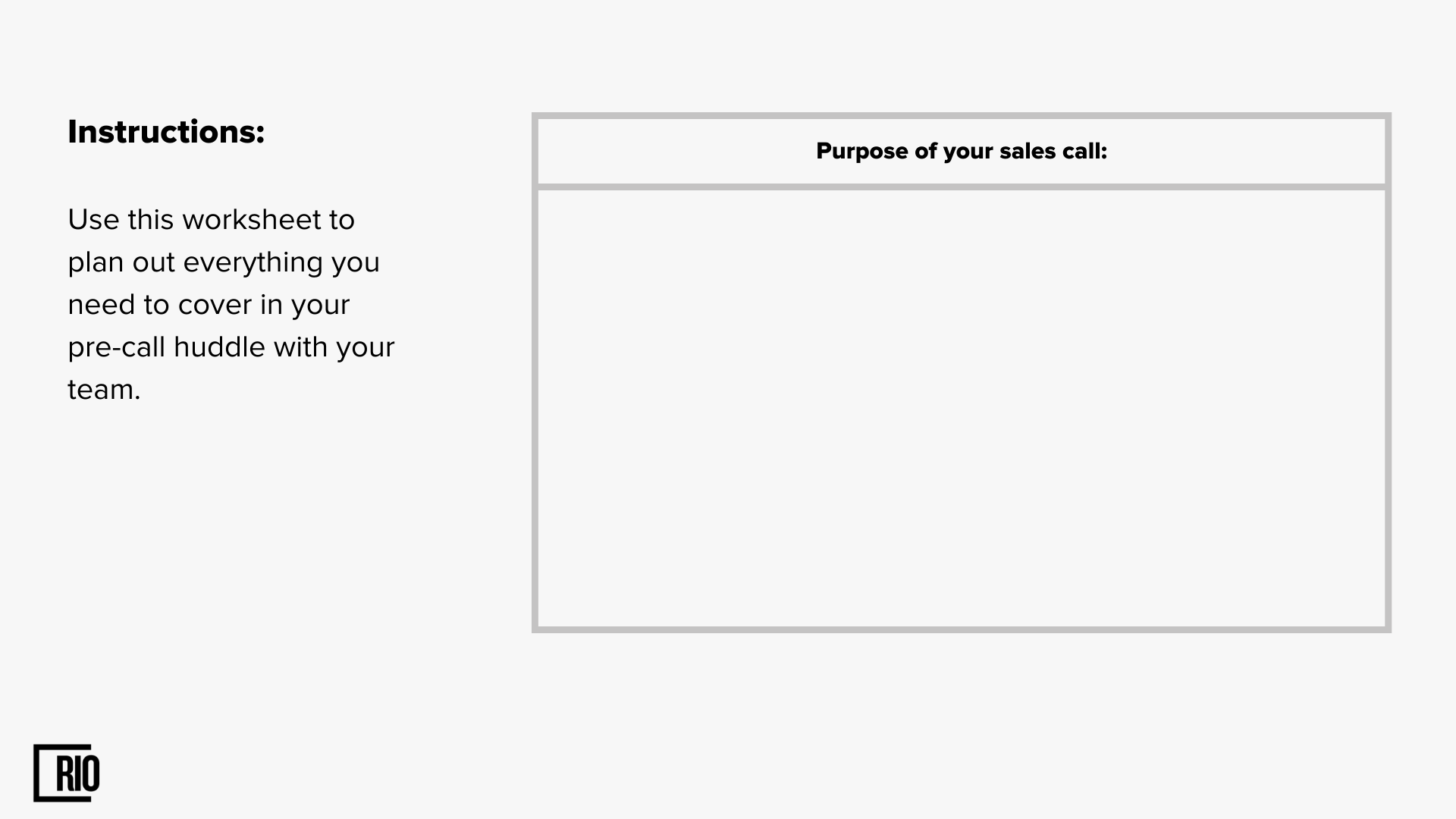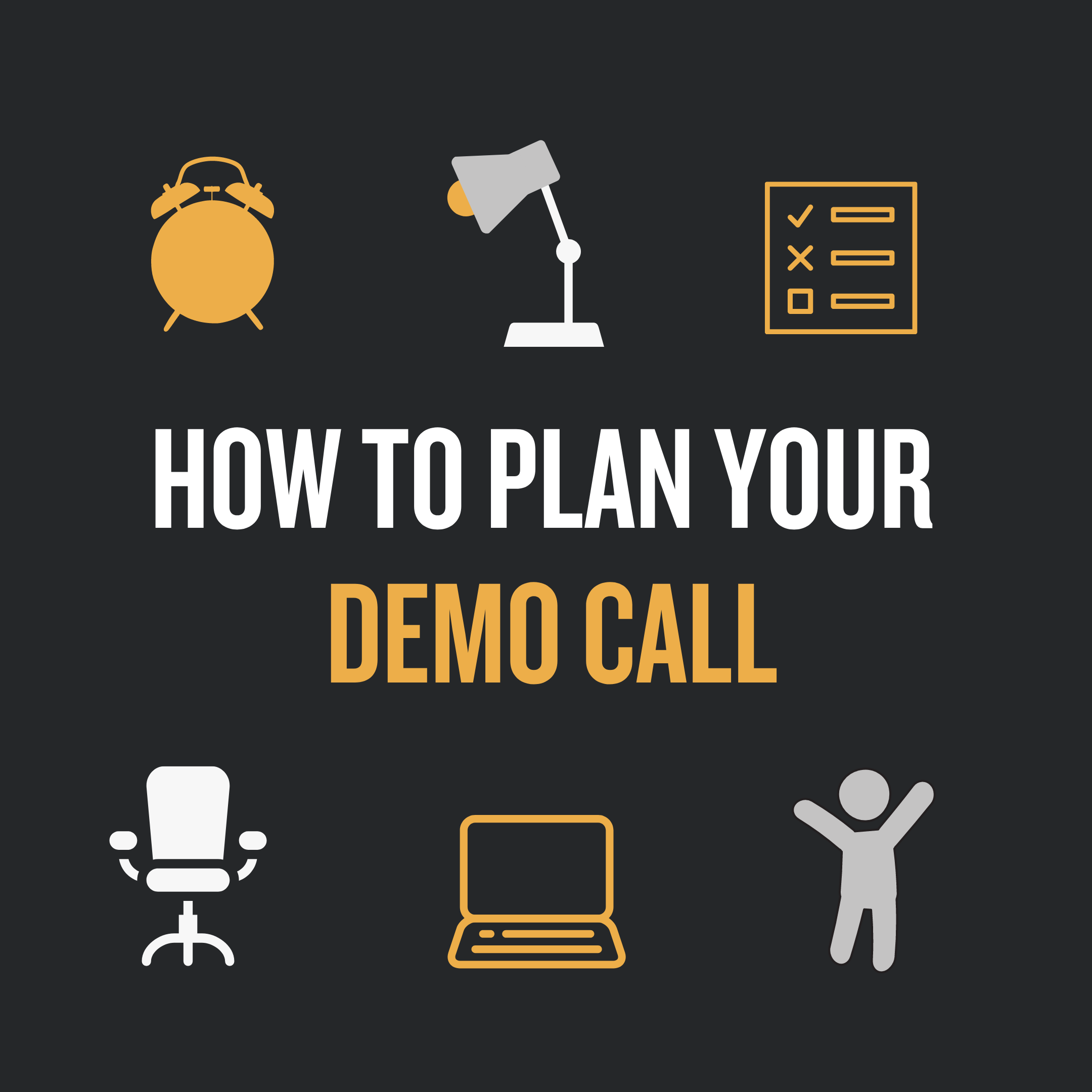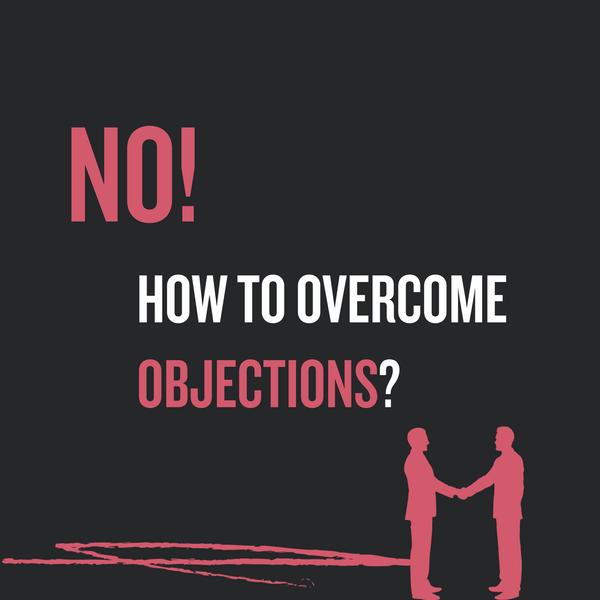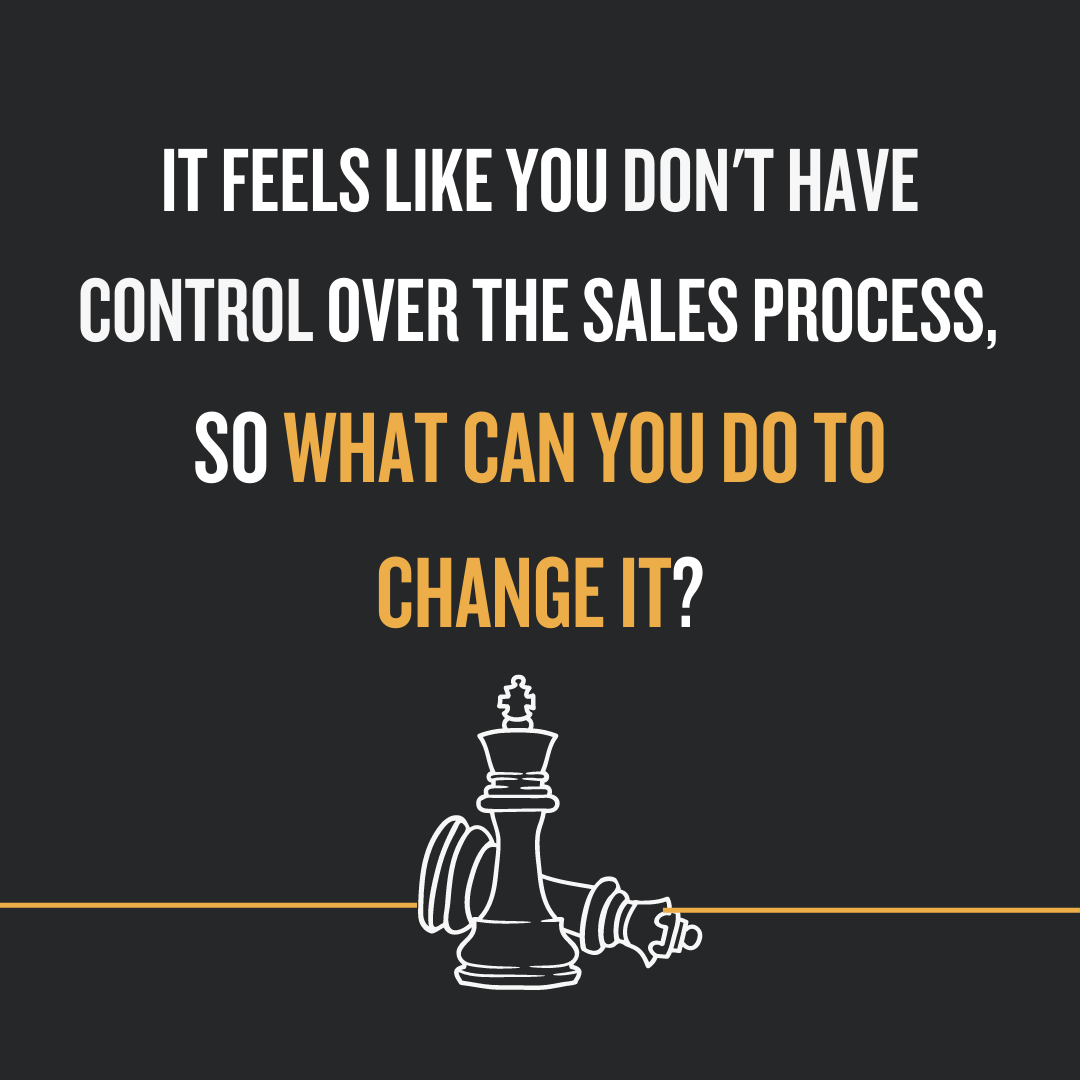As you know: planning your demo call is a time-consuming process that requires a lot of small steps. And some of those steps may be forgotten in this chaos of preparations.
It happens with the best of us, right? No one is immune to forgetting details here and there. But what can you do to minimize your chaos and create a demo process that will increase your chances for a better result?
The answer is checklists.
If you know that you can forget something because of a busy schedule, and amount of daily responsibilities, then preparation checklists will become your savior.
In this article, I will talk about things and steps that you may need to include in your pre-demo checklists and which for sure will increase the quality of your demo.
Worksheets are available to download later below.
Turn your video on
Here is a small fact for you: reps are underestimating the power of the camera.
When you’re in the meeting room, in person, do you like sitting close to your prospect? Do you see the benefit in their full attention and the benefit of seeing their reactions to your words?
Sometimes reps can book a demo and then just spend their time talking without a camera turned on. That creates a big wall between them and their prospects and lowers the effect of the demo itself.
So, here I advise you to always have your camera turned on. Let me explain why:
- People are usually more comfortable with the camera turned on, because it builds a connection between you and the prospect. It’s true that sometimes your prospect won’t be comfortable with their camera on, but that’s completely ok. Yes, you may lose some non-verbal cues from them, but overall the comfort of the prospect is one of your main goals during the successful demo.
- Prospects can read your non-verbal cues and that’s amazing. You can influence your prospect with your body language and make them even more comfortable with you. Nonverbal cues are small but important keys to building trust.
- If you don’t see them, they will see you. Somehow prospects always pay better attention to you, even when their camera is off and yours is turned on. They keep their focus on you because you are looking directly at them, while not seeing them.

As I mentioned before, sometimes your prospects won’t be comfortable with their camera on. You never want to call your prospect out and tell them just to turn the camera on. Here it’s important to know how exactly you need to handle it as a rep:
- If you’re setting up the meeting in advance, don’t forget to make it clear the future call is going to be a video call. Mention this in your calendar invite, so your prospect will be aware and ready for your demo.
- Hey, can you see me? That’s how you can start your call and you'd be surprised how often the person says that yeah, they can see you but just decided not to turn the video on. Or sometimes they'll say, Oh, I didn't realize my video wasn't on. This situation actually happens quite often. So, “Hey, can you see me?” is a reminder that usually doesn't make your prospect feel uncomfortable.

Book additional time beforehand
You know there’s always a possibility your call might take longer than you expected. For example, you had some technical difficulties ( check out my article on 4 main technical elements you need to be aware of before your demo here ), or your prospect was late, or simply the conversation went so well, that you or your prospect couldn’t stop talking.
Now imagine: you see that your ongoing call will take more time, but right after this call you have scheduled another call. What would you do? Postpone the next prospect? Stop ongoing call in the middle of progress? To make sure you won’t have any of these scenarios you need to think beforehand. And what I mean by that is to have some time gaps between your calls. Be mindful, that you need to have some pocket of time just in case.
So I recommend always blocking off 15 minutes to half an hour past the time that you're scheduled with your prospect.

This way you’ll reduce the chances to be in a very awkward position between an effective ongoing call and the next prospect.
Yeah, you can always schedule another call with your ongoing prospect (if they agree, of course), but we all know that time waits for nobody and if you've got the momentum going and a great conversation, you need to make the best out of it.
Be aware of time allotment
One of the main things you need to be aware of is your time. Let’s imagine a simple situation: you're in a sales process, you’ve built a rapport, you’ve proposed an agenda for the next call, and come to a consensus on sort of the roadmap for the discussion during the call. So what's next?
Well, there are two things you need to check:
Check time for time allotment
Just for you and the prospect’s comfort, take your time to ask simply something like:
“Hey, we were booked for 45 minutes here, just wanted to make sure that still works for you”.
This way everyone's managing each other's expectations accordingly.

Ask your prospect about their expectations from the call
If the prospect hasn't told you what they want to get out of the call, this is your chance to ask and find out. This way, you can ensure that the call is focused on topics that are important to the prospect and that will help them achieve their goals. Asking about what the prospect wants to get out of the call also shows that you're interested in helping them achieve their goals, which can build rapport and trust
So after we check for the time allotment it’s crucial to ask something like:
“I really want to make sure we review the questions thoroughly and that we spend our time efficiently. I want to ensure that we cover everything that is important to you and that we come up with a plan that works best.”
When you know what your prospect wants to talk about and what they want to achieve during this call, you will be able to control your time and the flow of the demo much better.

Make sure your team members are prepared
To make your call smooth and efficient you need to make sure that your team is prepared. Take your time to ensure that everyone in your team knows their responsibilities, their roles, and, most importantly, they know what they are required to say.

When you're preparing for a customer call, you need to remember that not everyone on the call will be as comfortable as you are. Some of your team members may only have 5% of the customer interaction that you do in a year. Keep this in mind when you're preparing your materials and make sure everyone is on the same page. This will help the call go smoothly and ensure that everyone is able to contribute.
So, here I advise doing your best to have your team’s back and help them prepare as much as you can.

Always be on time
And last but not least, the king of all time-management rules - always be on time. Sounds boring to even talk about it, I know. But you can imagine how many reps are still late to their own calls. Some of the reps don’t even say sorry and never apologize for being late.
The success of that call is up to you as a sales professional, so own that. You need to be aware of all the basics and follow at least the main rules to guarantee at least a partial success of your call.

So, try to always be on time and if you can’t do that, do your best to apologize and tell your prospect that you’ll be late beforehand.
Time is money, and in the sales world, you wouldn't find a truer statement. So, try your best to be aware of your and your prospect’s time to build an efficient demo process.
Download worksheets
And, as promised, feel free to download these worksheets to practice new knowledge!








